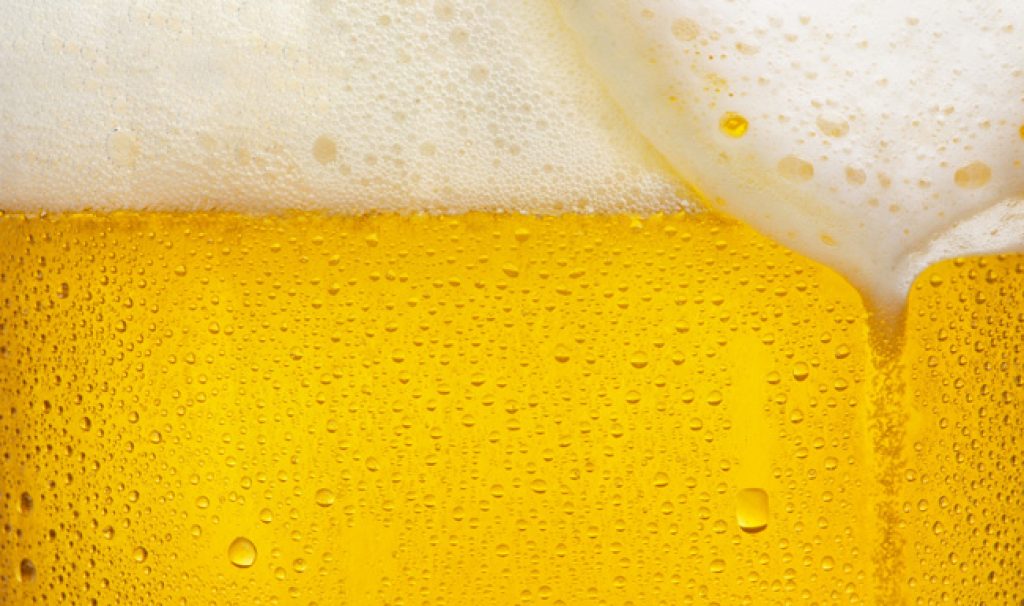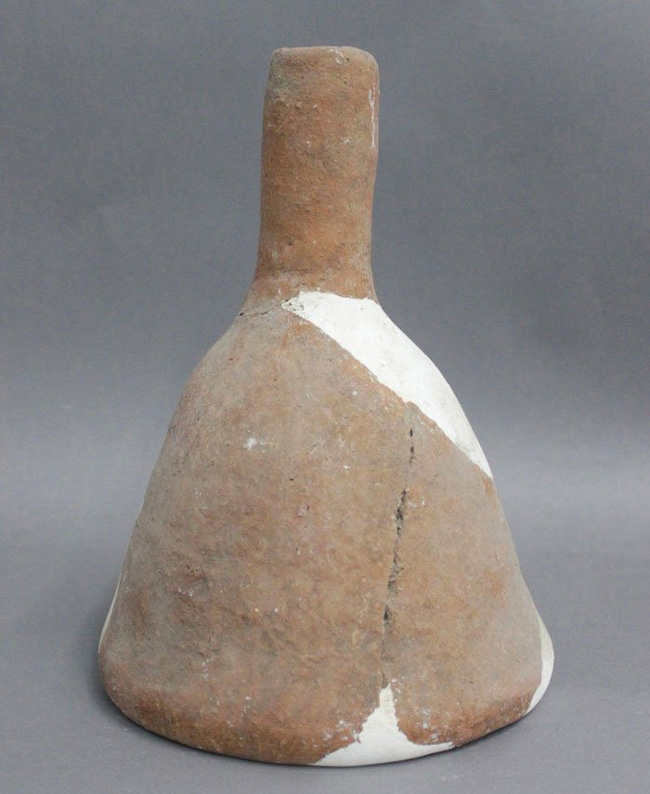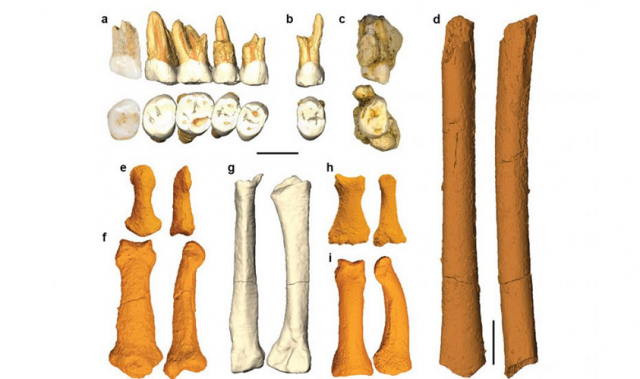
AsianScientist (May 25, 2016) – Humans have been enjoying pints of frothy deliciousness for a very, very long time, according to researchers in China and the US. They have just identified the remnants of a ‘beer-making toolkit’ in the Mijiaya site near the Chan River in Shaanxi, North China, estimated to be around 5,000 years old.
This finding, published in Proceedings of the National Academy of Sciences, represents the first direct evidence of in situ beer-making in China.
According to first author, PhD student Ms. Wang Jiajing from Stanford University in the US, the Mijiaya site was first excavated from 2004-2006, and the full excavation report came out in 2012. It detailed two subterranean pits with artifacts that appeared to resemble in situ beer-brewing facilities: the shapes and styles of the vessels show stylistic similarities to the brewing equipment in that historical period—the Neolithic Yangshao period from 5,000-2,900 BC—and also modern ethnographic records.
“It was from reading the excavation report that Professor Li Liu, the second author of the paper, noticed the pottery assemblages from the two pits might be related to alcohol-making, mainly because of the presence of funnels and stoves,” Wang told Asian Scientist Magazine.
“In fact, many years ago, some Chinese scholars have suggested that the Yangshao funnels were used for alcohol-making, but these were all speculations and there was no direct evidence.”
“The results turned out to prove our hypothesis—people in China brewed beer around 5,000 years ago.”

The damage sustained by the starch grains in the vessels are characteristic of beer brewing, according to the authors. Many are swollen, folded, and distorted, with some showing pits and channels on their surface; the results of malting and mashing.
The researchers also found traces of phytoliths, or plant minerals, which indicate the presence of cereal husks. Furthermore, from ion chromatographic analysis, they were able to identify the presence of oxalate, a naturally-occurring molecule which develops during the steeping, mashing and fermentation of cereals.
All this evidence indicates that the Yangshao people brewed a mixed beer with specialized tools and knowledge of temperature control.
What’s more, based on analyses of starch, phytolith and chemical residues from the funnels, pots and pottery shards that were found, Wang and colleagues have also unearthed an ancient beer recipe that includes an unusual ingredient. It indicates a mix of Chinese and Western traditions: broomcorn millet, a type of grain called Job’s tears and assorted tubers from China, and barley from the West. The barley was likely to have been used to convert starch to sugar.
“The discovery of barley was a surprise,” said Wang.
Indeed, the presence of barley in the beer-brewing residue also suggests a social motivation in the initial stage of crop translocation from West to East, although the crop’s initial adoption in China is still not well understood.
The authors said that the few rare finds in the Central Plain during the Bronze Age show that barley was perhaps first introduced as rare, exotic food. The Mijiaya farmers probably obtained small quantities of barley grains through exchange, or cultivated the plant along with other cereals.
“We suggest that barley was initially introduced to the Central Plain as an ingredient for alcohol production rather than for subsistence,” said Wang.
“The practice of beer brewing is likely to have been associated with the increased social complexity in the Central Plain during the fourth millennium BC.”
The late Yangshao period in the Wei River region was when ritual feasting by the elite, involving alcohol consumption, was the norm. As such, it is entirely possible that the production and consumption of Yangshao beer may have contributed to the emergence of hierarchical societies in the Central Plain.
And with regards to the role that beer plays in negotiating social relationships, it seems nothing much as changed in the last five millenia.
The article can be found at: Wang et al. (2016) Revealing a 5,000-y-old Beer Recipe in China.
———
Copyright: Asian Scientist; Photo: Shutterstock.
Disclaimer: This article does not necessarily reflect the views of AsianScientist or its staff.












